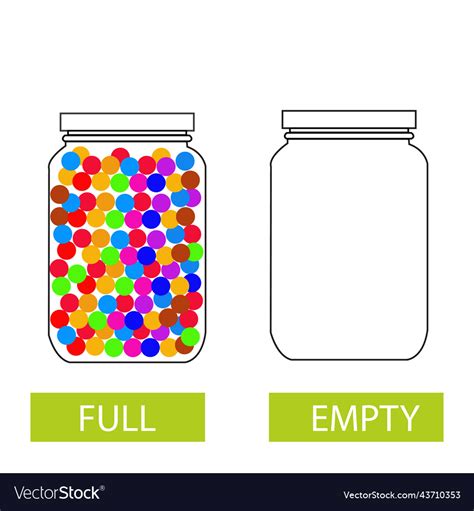What’s the most efficient workout split for busy men targeting peak strength?

For many busy men, juggling professional responsibilities, family life, and personal pursuits leaves precious little time for the gym. Yet, the desire for peak physical strength remains strong. The key isn’t necessarily more time, but smarter time – specifically, choosing the most efficient workout split that maximizes strength gains while respecting your limited schedule.
The Core Principles of Efficient Strength Training
To achieve peak strength efficiently, every minute in the gym must count. This means focusing on compound movements, progressive overload, and adequate recovery. An efficient split allows for sufficient frequency to stimulate muscle growth and strength adaptation, coupled with enough recovery time to avoid overtraining.
Prioritizing Compound Movements
The backbone of any strength program, especially for busy individuals, is compound exercises. These movements work multiple muscle groups and joints simultaneously, delivering the most bang for your buck in terms of strength development and time efficiency. Think squats, deadlifts, bench presses, overhead presses, and rows.

Evaluating Common Workout Splits for Busy Schedules
While many workout splits exist, not all are equally effective for a busy man targeting peak strength. Splits that hit muscle groups more frequently tend to be superior for strength gains than, for example, a traditional “Bro Split” (one muscle group per day) which offers less frequent stimulus.
Full Body Workout (2-3x/Week)
For maximum efficiency and a high frequency of hitting each muscle group, a full-body workout split performed 2-3 times per week is often unparalleled. This approach allows for heavy, compound lifts in each session, providing a potent stimulus for strength. It’s particularly effective for beginners and intermediates but can be scaled for advanced lifters too.
- Pros: High frequency, excellent for strength, time-efficient, flexible.
- Cons: High fatigue per session, potentially lower volume per muscle group compared to higher frequency splits.
- Example: Monday (Full Body A), Wednesday (Full Body B), Friday (Full Body C).

Upper/Lower Split (4x/Week)
An Upper/Lower split is another highly efficient option, typically performed four times a week. This allows for slightly more volume per muscle group than a full-body routine while maintaining a good training frequency (each muscle group hit twice a week). It’s a great intermediate step when you’re ready for more volume but still need efficient scheduling.
- Pros: Good balance of frequency and volume, allows for more focused lifting, manageable fatigue.
- Cons: Requires 4 dedicated gym days, less flexible than 2-3 day full-body.
- Example: Monday (Upper), Tuesday (Lower), Thursday (Upper), Friday (Lower).

Push/Pull/Legs (PPL) Split (3-4x/Week Modified)
While often executed 6 times a week, a Push/Pull/Legs (PPL) split can be adapted for busy men targeting strength in 3 or 4 sessions per week (e.g., PPL rest, repeat, or PPL rest PPL rest rest). This allows for grouping exercises based on movement patterns, ensuring adequate rest for muscle groups before their next training session. Each muscle group is hit every 5-7 days, which is less frequent than full body or upper/lower, but allows for very high intensity and volume on the specific day.
- Pros: Allows high intensity/volume per session, logical muscle grouping, good for advanced lifters.
- Cons: Lower frequency per muscle group (in 3-4x version), potentially less optimal for pure strength gains compared to higher frequency options.
- Example (3x/week): Monday (Push), Wednesday (Pull), Friday (Legs).
Beyond the Split: Maximizing Your Gains
Choosing the right split is only one piece of the puzzle. To truly maximize strength, busy men must also commit to other foundational principles.
Progressive Overload is King
Regardless of your chosen split, consistent progressive overload is non-negotiable for strength gains. This means continually challenging your muscles by increasing weight, reps, sets, or decreasing rest times. Keep a training log to track your progress and ensure you’re always striving to do a little more than last time.
Nutrition and Recovery
Your diet and recovery habits are just as critical as your training. Ensure you’re consuming enough protein to support muscle repair and growth, and maintain a caloric intake appropriate for your goals. Adequate sleep (7-9 hours) is paramount for hormone regulation and muscle recovery. Prioritize these off-gym factors to ensure your efforts in the gym translate into real strength.

Conclusion
The most efficient workout split for a busy man targeting peak strength is the one you can adhere to consistently, that prioritizes compound movements, and allows for progressive overload. While full-body and upper/lower splits often lead the pack for their frequency and time efficiency, a modified PPL can also be effective. Experiment to find what fits your schedule and allows you to consistently challenge yourself. Remember, consistency, intensity, and smart recovery will always trump the perfect “split” on paper.









